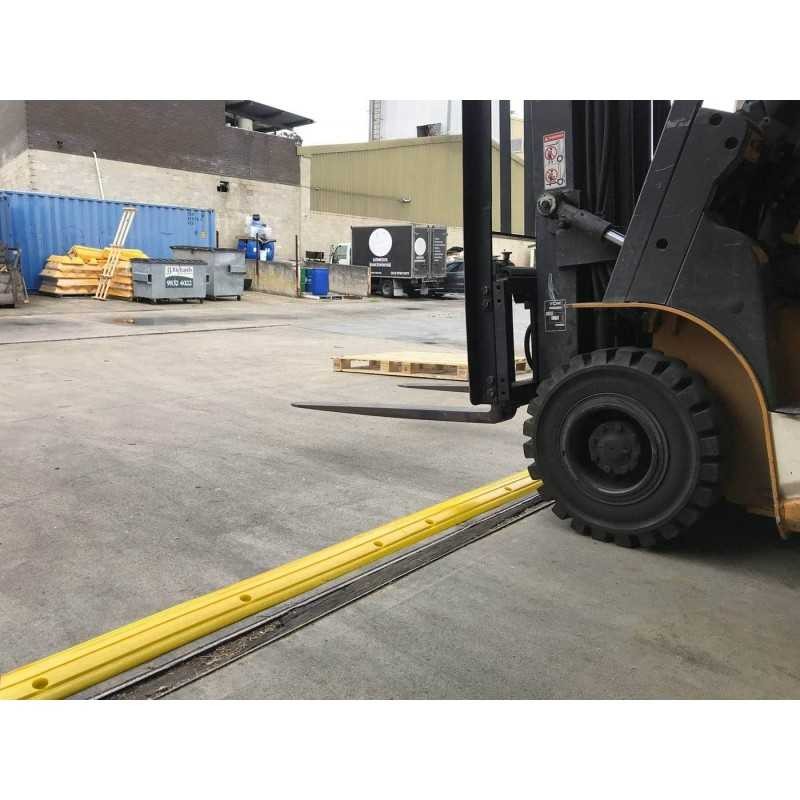Bunding is a crucial component of industrial safety and environmental protection. It involves creating a barrier or secondary containment system to prevent the leakage or spillage of hazardous substances. Understanding the various types of bunding is essential for selecting the most suitable approach for specific applications. In this article, we will explore different types of bunding and their distinct characteristics.
Aluminium bunding
Involves the use of Aluminium panels to create a strong and resilient bunded area. Aluminium bunds are often utilised in applications where there is a need for high-level containment and resistance to external forces. They are commonly used in areas with high traffic, such as warehouses, refineries, or loading docks. Aluminium bunding offers excellent chemical resistance, durability, and flexibility in terms of size and configuration.
Portable or Flexible Bunding
Portable or flexible bunding provides a versatile solution for temporary or changing containment needs. These bunding options typically consist of flexible materials such as PVC or polyurethane, which can be easily deployed and relocated as required. Portable bunding is ideal for managing spills during transportation, for temporary storage areas, or as secondary containment for smaller equipment or drums. They offer flexibility and adaptability in various working environments.
Understanding the different types of bunding allows businesses to select the most suitable approach for their specific needs. Implementing the right type of bunding ensures effective containment and protection of the environment, employees, and surrounding communities.




